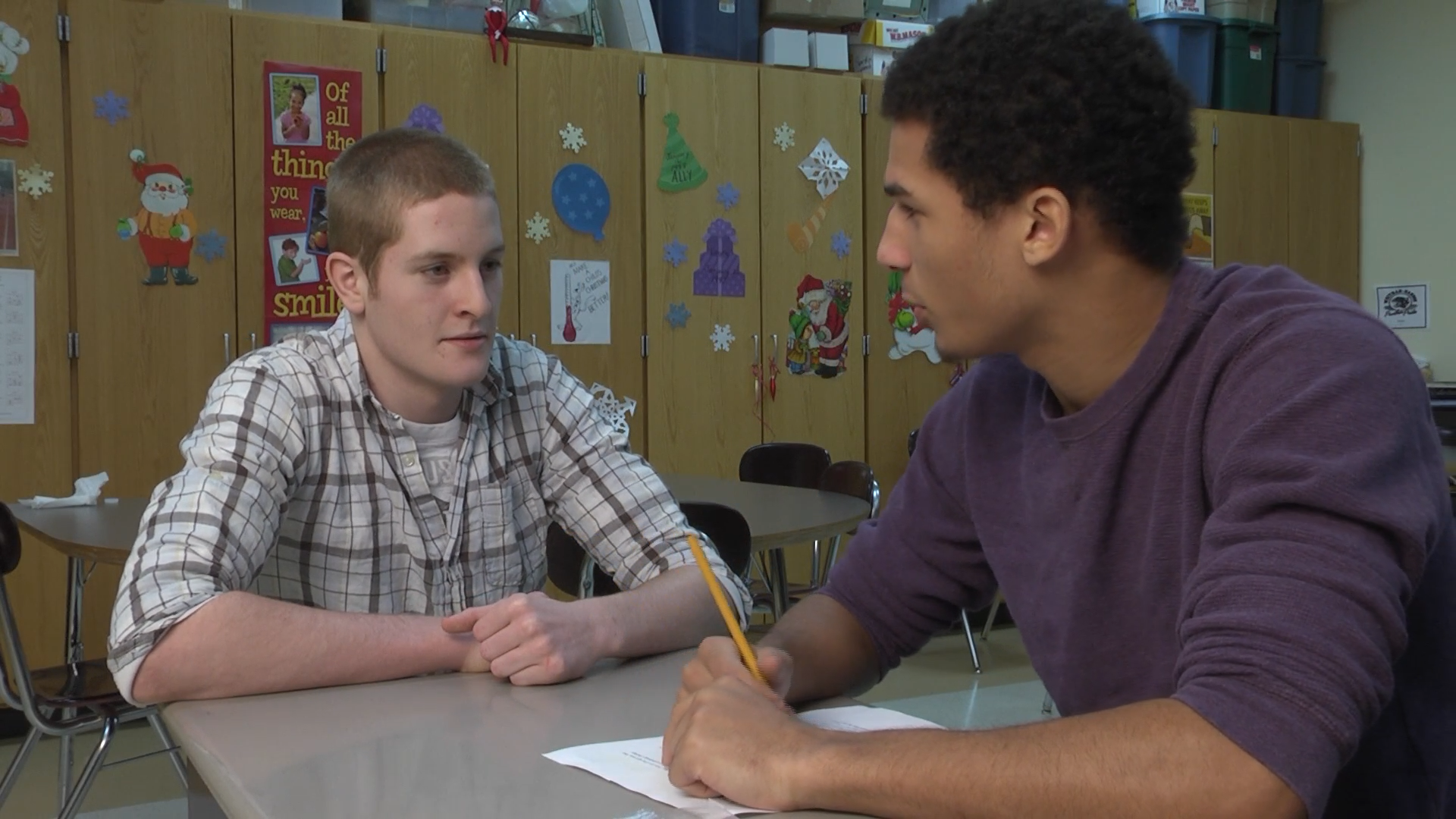
Introduction
As educators, it is essential to teach students the importance of setting boundaries and respecting their own needs and feelings. One crucial aspect of this is learning how to say no in a respectful manner. By teaching students to say no politely, we help them develop healthy communication and interpersonal skills. This blog post will explore an easy-to-implement, no-prep activity for educators to teach this valuable skill, along with discussion questions, related skills, and next steps to continue building on this foundation.
No-Prep Activity
Role-playing is an excellent way for students to practice saying no respectfully. This activity requires no preparation or materials and can be easily adapted to any classroom setting. Follow these simple steps to conduct the activity:
- Divide students into pairs.
- Ask one student in each pair to think of a situation where they might need to say no. Examples could include refusing an invitation to hang out, turning down help with a task, or declining to share personal information.
- Have the other student in the pair practice saying no in a respectful way. Remind them to use polite language, such as “Thank you for asking, but…” or “I appreciate the offer, but…”.
- Give the pairs a few minutes to practice, then ask them to switch roles and repeat the exercise.
- After both students have had a chance to practice, bring the class together to discuss their experiences and share any insights or challenges they encountered.
Discussion Questions
- Why is it important to say no respectfully when declining an invitation or request?
- What are some strategies you can use to say no without hurting someone’s feelings?
- How did you feel when practicing saying no in the role-playing activity? Were there any challenges or surprises?
- Can you think of a time when you said no to someone and it had a positive outcome? What about a negative outcome?
- How can practicing saying no respectfully help you in your relationships with friends, family, and teachers?
Related Skills
Teaching students to say no respectfully is just one aspect of fostering healthy communication and interpersonal skills. Other related skills that can further support students’ social-emotional development include:
- Active listening
- Empathy and understanding others’ perspectives
- Assertiveness and self-advocacy
- Conflict resolution
- Setting and respecting personal boundaries
Next Steps
Now that you have a better understanding of the importance of teaching students to say no respectfully and an easy-to-implement activity to help them practice, it’s time to take the next steps in supporting their social-emotional learning journey. We encourage you to explore more resources and activities designed to help students develop healthy communication and interpersonal skills. Sign up for free samples of these resources and other skill-building materials at Everyday Speech.





